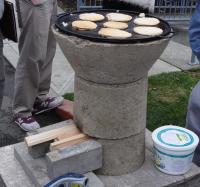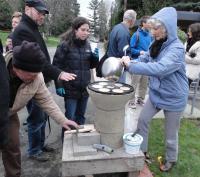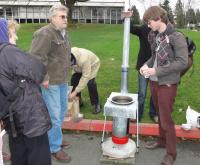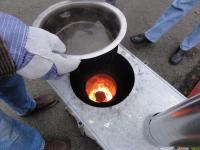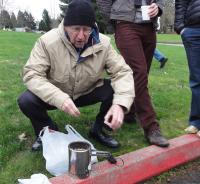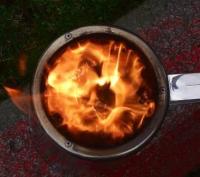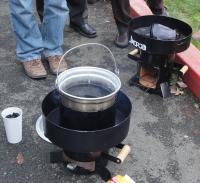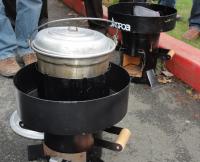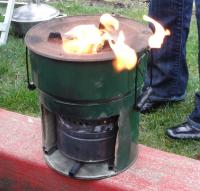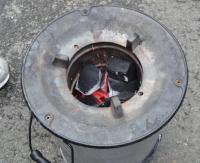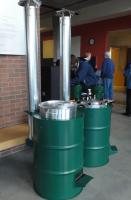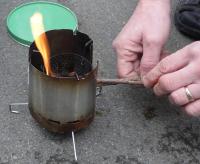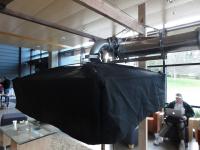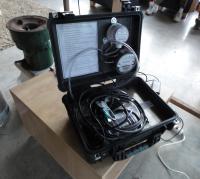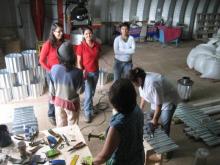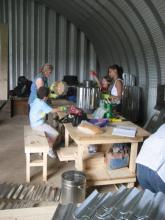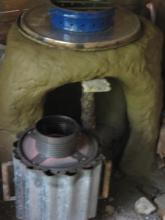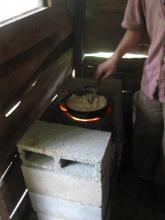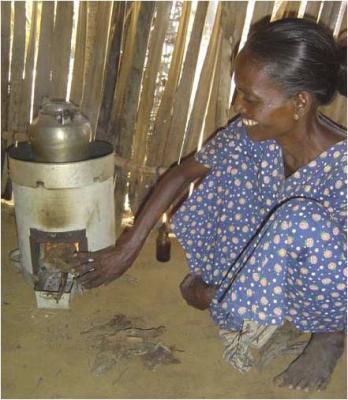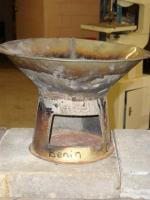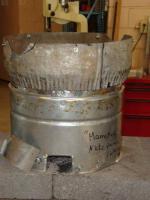From Art's Preface:
Buenas,
Just a quick note from Costa Rica. Our Estufa Finca (a large TLUD) team is two weeks into preparing for a 10 week pilot project. Working with SALTRA and a program at the Universidad Nacional de Costa Rica, we will be installing 50 , locally produced stoves with migrant coffee bean pickers.
I want to side with Paal on this very important point. Our stoves can have the best looking numbers in the lab. But if people won't use them it doesn't make much difference does it. The stove design we are using has been jointly developed by myself, my Central American partners (esp. the women who are building them APORTES), but most esp. by listening very carefully to the people who we hope to benefit. Much of the feed back has been in regard to the fuels issue. These people do not have access to chips or pellets, we are not going to get them to make briquttes, etc... so instead we have given them a fuel chamber easy to load with sticks, sugar cane bagasse, etc. and powerful enough to cook for the typically large extended families. This process stared in August 2009, there are currently 20 of our stoves being used in CR and Nicaragua, the feedback has been very positive. The pilot project is simply a continuation of that process. We are going to be using the KPT version 3.0 protocol, with some customization to monitor 30 stoves. All of us on the team are looking forward to adding more TLUD based stoves to our line. But this approach is showing us what will get used in the real world.

